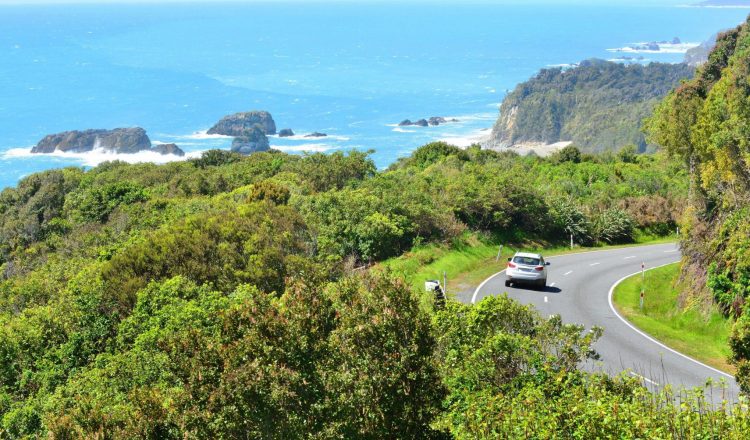健身的华伦特
健身许可证 (WW) 是定期检查,以确保您的车辆符合要求的安全标准。
你的工作是始终保持你的车辆保持 WOV 状态。例如,虽然您车辆上的轮胎可能会在搜查令当天通过,但一旦胎面达到最低深度,您需要立即更换轮胎。如果你等到下一次检查才能更换它们,你会增加发生崩溃或收到罚款的风险。
需要 w的频率
2000 年 1 月 1 日或之后首次在世界任何地方注册的车辆将需要对其使用寿命进行年度 WOFV 检查。
对于新车,在初步检查之后,在首次注册 3 周年之前,不需要再次检查 WOFA。
发放 Win 的时间长度是根据车辆在新西兰或海外首次注册的日期计算的,下表对此进行了更详细的说明。
去哪里进行车辆检查
新西兰有大约 3200 名 Wand 代理商。
驾驶车辆是非法的…
- 如果它不符合 wOf 要求。
- 如果它没有显示有效的 wOf 标签。
在这种情况下,只有在将车辆带到某个地方进行维修或购买新的 WOV 时,才能在路上驾驶车辆-前提是这样做是安全的。
权证检查涵盖的内容
Wa 检查是一般的安全检查。检查的方面在我们的 车辆检查要求手册 (外部链接)(VIRM) 中列出,其中包括:
- 轮胎状况(包括胎面深度)
- 刹车操作
- 结构状况(某些区域不允许生锈)
- 灯
- 玻璃(你的挡风玻璃安全吗?)
- 挡风玻璃垫圈和雨刮器
- 门(它们是否安全地打开和关闭?)
- 安全带(不得损坏或过度褪色;扣环必须正常工作)
- 安全气囊(如果安装)
- 车速表(必须正常工作)
- 转向和悬架(必须安全可靠)
- 排气(必须没有泄漏,排气不能烟 或比原来的排气系统 大 声)
- 燃料系统(一定没有泄漏)。
如果您修改了汽车、摩托车、面包车或其他轻型车辆,则可能需要 少量车辆证书 。
什么是搜查令不是
WW 不是购买前检查。它不包括车辆状况的许多方面。例如,它不会检查:
- 发动机、离合器、变速箱和差速状态
- 润滑剂水平和状况
- 刹车片厚度或预期寿命,除非它们明显低于安全限值
- 油漆工作状况和非结构区域有一些生锈。
你的权证标签
如果您的车辆通过了 WOf 检查,检查员将在驾驶员的前挡风玻璃内侧贴上 wOf 标签。您需要在标签上的到期日之前获得下一个授权证。
当你的车辆未能通过防火检查
如果您的车辆未通过 WOV 检查,除非您将车辆带到某个地方进行维修或获得新的 WOf,否则您无法在路上行驶,而且这样做是安全的。

















































